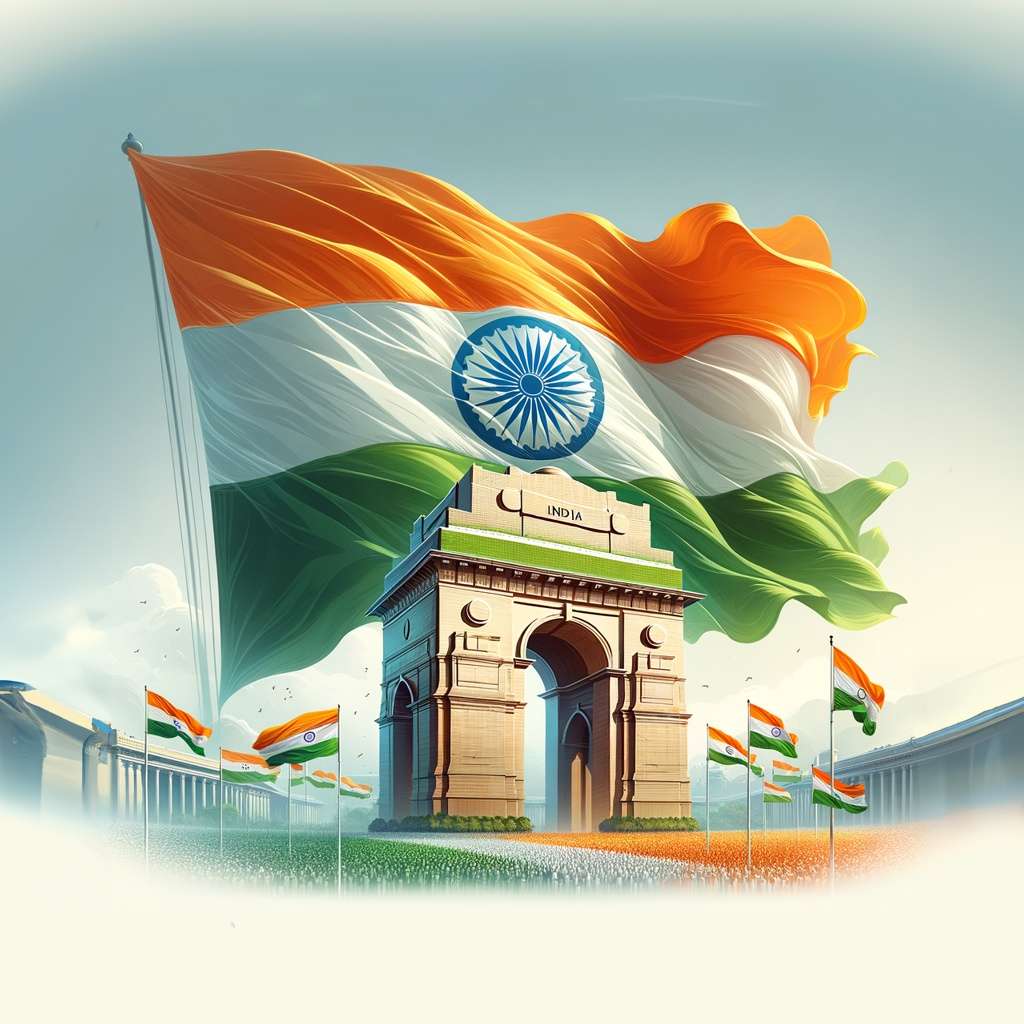India is a nation of great contrasts and amazing diversity where nature works her magic in innumerable ways. From the lush, vibrant ecosystems of the Western Ghats to the thick rainforests of the Northeast, the nation’s landscapes mirror its natural abundance from the parched stretches of the Thar Desert. Every terrain presents a different narrative of history, culture, and life. Travelling around the most varied terrain of India, let’s explore their beauty and importance.
The Thar Desert: A Golden Expanse
The large and magnificent Thar Desert, sometimes known as the Great Indian Desert, stretches northwest over India. Covering Rajasthan, Gujarat, Punjab, and Haryana sections, the Thar is a domain of undulating dunes and sparkling golden sands. Despite its hostile temperature and dry environment, the desert is far from dead. Among the many species of reptiles and snakes, desert foxes, and Indian gazelle (chinkara), it features vegetation and wildlife especially suited for survival at extremes.
The desert speaks to human existence and culture as well. Villages dotted over the Thar provide a window into Rajasitan colourful customs. Testaments to the region’s continuing appeal are the finely carved havelis of Jaisalmer, the great forts of Bikaner, and camel safaris over the dunes. With its vibrant presentations of folk music, dance, and art, the yearly Desert Festival accentuates the mystery of this golden expanse.
INDIAN VISA FOR BRAZILIAN CITIZENS
The Western Ghats: A Biodiversity Hotspot
The Western Ghats, stretching parallel to India’s western coast, are a veritable gold mine of species. Presented as a UNESCO World Heritage site, several of the most amazing ecosystems on Earth call these lush hills home. Dense forests, tumbling waterfalls, and meandering rivers crossing the landscape come alive with the monsoon rains.
Among the remarkable array of endemic species found in the Western Ghats are lion-tailed macaques, Malabar civets, and Nilgiri tahr. The region’s vegetation is similarly amazing, with unusual plant species like the neelakurinji, which blooms only every 12 years and blankets the hills in blue tones.
Still, the Western Ghats serve more than just as a refuge for animals. They are entwined closely with human society. Nestled among the hill stations of Munnar, Wayanad, and Coorg, tea, coffee, and spice farms flourish, combining an agricultural legacy with natural beauty. In these hills, the holy groves and temples reveal a centuries-spanning spiritual link.
The Sundarbans: The World of Mangroves
The Sundarbans are a maze of mangrove trees and tidal channels rising in the delta created by the Ganges, Brahmaputra, and Meghna rivers. One of the biggest mangrove ecosystems worldwide and a vital habitat for the famous Bengal tiger, this UNESCO World Heritage site in West Bengal
The unique surroundings of the Sundarbans sustain a wide range of creatures, including river dolphins, estuaries, crocodiles, and many birdlife. Land and water interact to produce a dynamic, vulnerable, strong ecosystem. Local people have adapted to the difficulties of this terrain by depending on fishing and honey collecting and honouring the delicate equilibrium of the environment.
The Northeast Rainforests: A Green Paradise
The northeastern part of the nation is a green wonderland home to some of India’s most unspoiled jungles. States such as Meghalaya, Arunachal Pradesh, and Assam have stunning yet peaceful scenery. Among the wettest locations on Earth, Meghalaya’s Cherrapunji and Mawsynram include roaring waterfalls, mist-covered slopes, and living root bridges.
Biodiversity hotspots and the rainforests of the Northeast protect unique species such as the clouded leopard, red panda, and hoolock gibbon. These forests are also quite important for indigenous people, who have maintained their customs and a harmonic relationship with the environment.
INDIAN VISA DOCUMENTS REQUIRED
The Great Rann of Kutch: A White Wonderland
Unlike the verdant rainforests, the Great Rann of Kutch is a vast salt marsh in Gujarat. Under the moon, this dreamlike terrain becomes a sparkling white paradise that draws visitors from all around. For flamingos, wild asses, and other species, the Rann is not just a visual feast but also a critical habitat.
Through song, dancing, and handicrafts, the yearly Rann Utsav—a celebration of the area’s rich legacy—showcases its honouring of existence among the great, austere grandeur of the salt plains.
Conclusion: A Tapestry of Diversity
The landscapes of India are evidence of the nation’s unmatched natural variety. From jungles throbbing with life to deserts echoing with old stories, every area presents a different experience. These terraces are living things that support innumerable ecosystems and human civilizations, not only physical characteristics.
We must remember our need to preserve these settings even as we find their beauty astounding. Preserving these riches for future generations depends on community involvement, sustainable travel, and conservation projects. India’s varied landscapes remind us of the complex relationships that bind us all to nature as much as they are a sensory feast.
Also read: The Most Beautiful Wadis in Saudi Arabia for a Refreshing Escape



